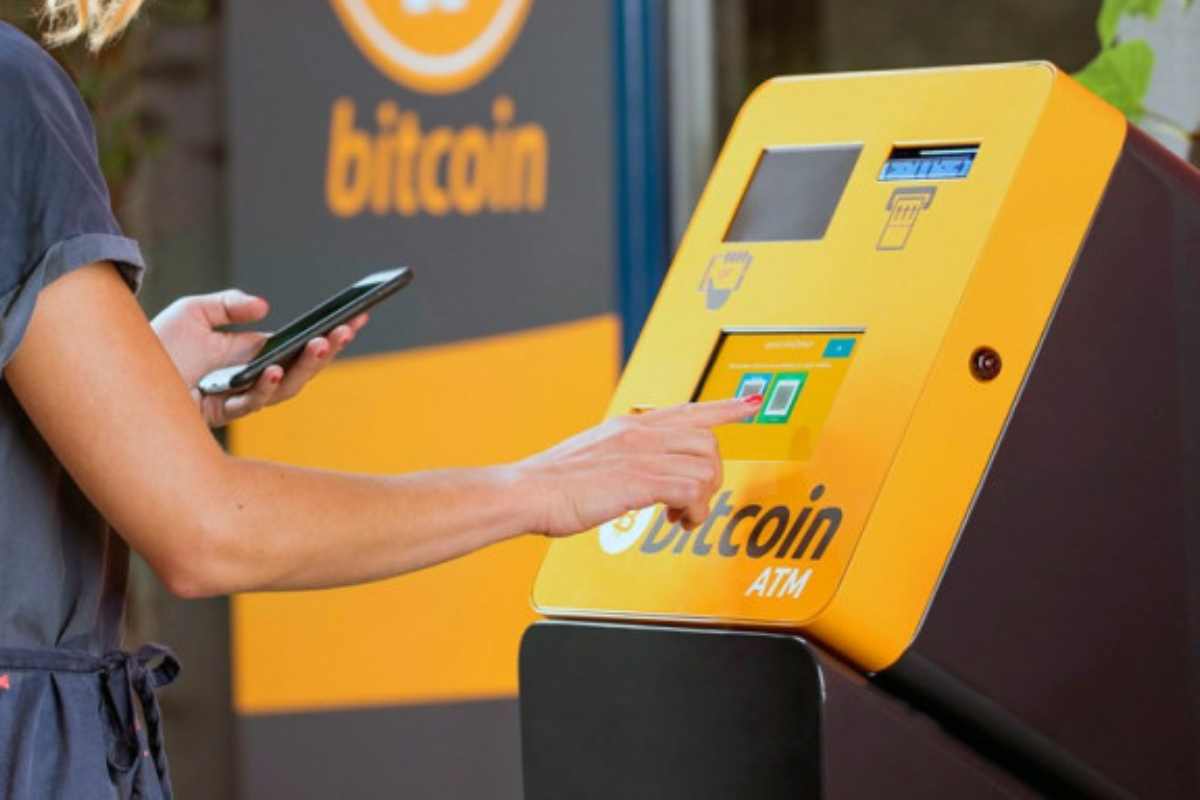Bitcoin Machine ATM Installation
It started as a novelty—maybe even a gimmick.
A strange-looking machine tucked between the soda fridge and the lottery stand, promising you could “Buy Bitcoin Here.”
Fast forward a few years and that machine? It’s everywhere. Gas stations. Grocery stores. Pharmacies. Airports.
Welcome to the age of the Bitcoin machine ATM, where digital currency is no longer trapped in online exchanges or confusing apps. It’s gone physical. Tangible. Accessible to anyone with a few bills and a mobile wallet.
But here’s the bigger story: these machines aren’t just appearing—they’re multiplying. Rapidly. And there’s a reason (or five) behind the boom.
Table of Contents
The Numbers Are No Joke
The global number of Bitcoin ATMs has grown from a few hundred a decade ago to tens of thousands worldwide. In the U.S. alone, they’ve become a common sight—especially in metro areas, but increasingly in small towns and rural communities, too.
And this isn’t some fluke. Analysts track the trend as a serious indicator of crypto’s mainstream adoption. When machines go where the people are, it signals demand. Infrastructure follows utility.
But why now? Why so fast?
-
Demand for Instant Access
People don’t want to wait 3–5 business days to buy crypto anymore. They want access now—like, walk-into-a-store-with-cash-now.
Bitcoin machine ATMs deliver that.
- No waiting on bank transfers
- No complicated setup
- No dependency on traditional financial systems
They give the unbanked, the underbanked, and the crypto-curious a quick on-ramp to participate in digital finance.
Speed + simplicity = mass appeal.
-
The Cash-to-Crypto Bridge
Here’s the overlooked truth: lots of people still rely on cash. Especially in lower-income neighborhoods or among older adults.
Online platforms often ignore this group—but Bitcoin ATMs don’t. They serve as a literal bridge between cash-based economies and the digital asset world. Drop in some bills, scan your wallet, and boom: crypto in your pocket.
In areas with limited banking access, these machines aren’t just convenient—they’re empowering.
-
Retailers Love the Foot Traffic
For store owners, hosting a Bitcoin machine ATM is a win-win.
- It takes up minimal space
- It attracts tech-savvy customers
- It boosts in-store purchases
Think about it: if someone walks into your convenience store to buy Bitcoin, chances are they’re leaving with gum, snacks, or a soda, too.
More foot traffic = more revenue. And in retail, that math always adds up.
-
Regulatory Clarity (Finally)
For years, the biggest hurdle in crypto infrastructure was the legal fog surrounding it. But now?
- KYC (Know Your Customer) regulations are clearer
- Licensing procedures are more standardized
- Compliance frameworks exist for operators and customers alike
That regulatory green light has accelerated ATM deployment across multiple states and countries. Operators feel confident expanding. Users feel safer transacting. It’s a rare win for both sides of the crypto aisle.
-
Crypto’s Reputation Is (Mostly) Maturing
Once seen as a fringe asset for internet anarchists, Bitcoin is now part of serious financial portfolios. It’s being adopted by banks, discussed in Congress, and integrated into payment platforms.
As confidence rises, so does accessibility. And Bitcoin ATMs are riding that wave. Their presence signals legitimacy. Their growth signals normalization.
When your local pharmacy has a Bitcoin machine next to the Redbox, you know things have changed.
What Comes Next?
Expect smarter machines. More features.
- Support for more cryptocurrencies
- Biometric verification
- Better interfaces for first-time users
- Lower fees as competition heats up
And don’t be surprised when these machines show up in more unexpected places—college campuses, stadiums, maybe even your local library.
Because this isn’t a phase. It’s infrastructure. It’s crypto going local, on demand, and into the mainstream.
Final Thought: More Than Just a Kiosk
A Bitcoin machine ATM isn’t just a new way to buy Bitcoin. It’s a symbol of accessibility, choice, and the changing face of finance.
As more people engage with crypto in everyday places—no laptop required—it reshapes who gets to participate. And that, frankly, is the kind of decentralization we were promised all along.

